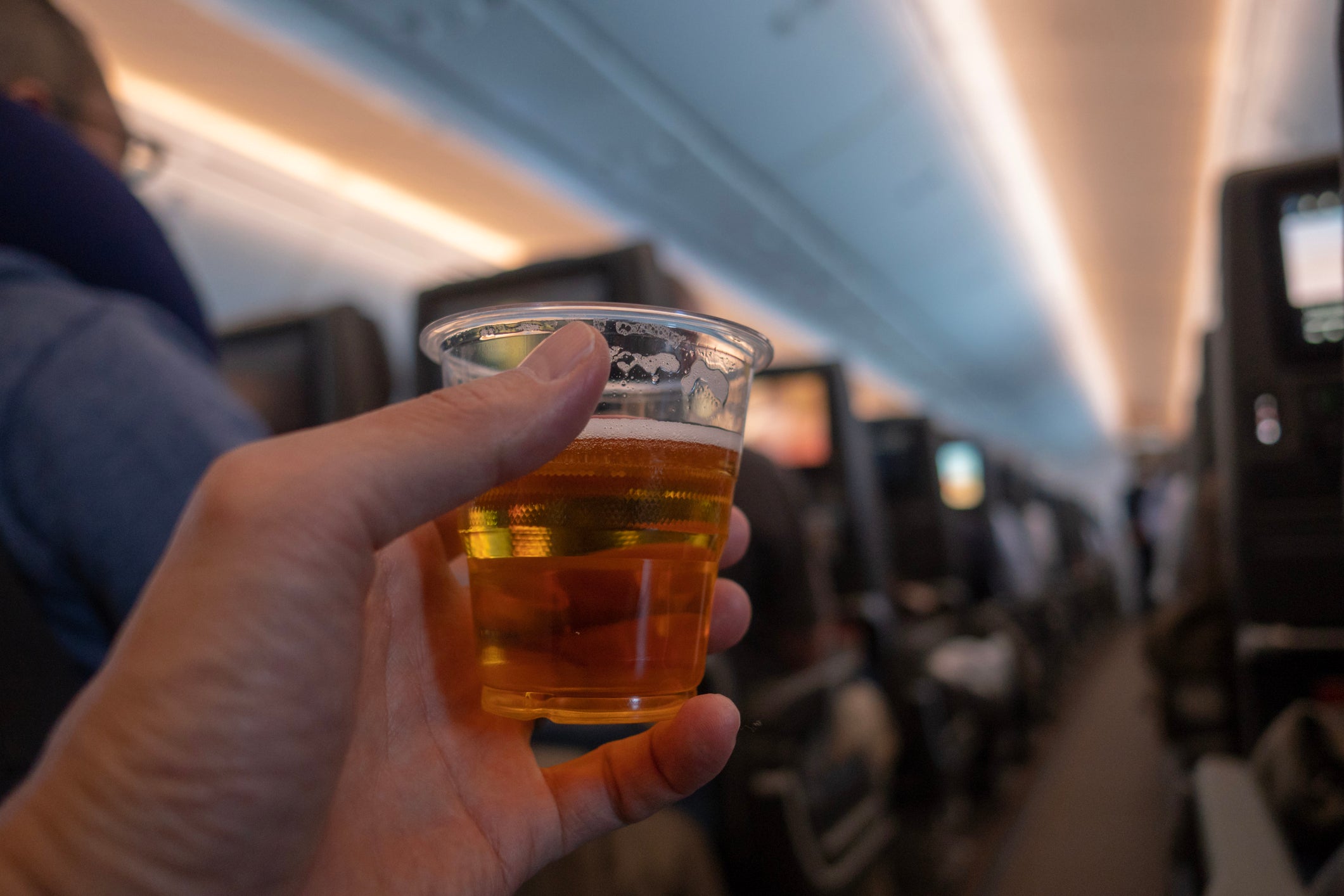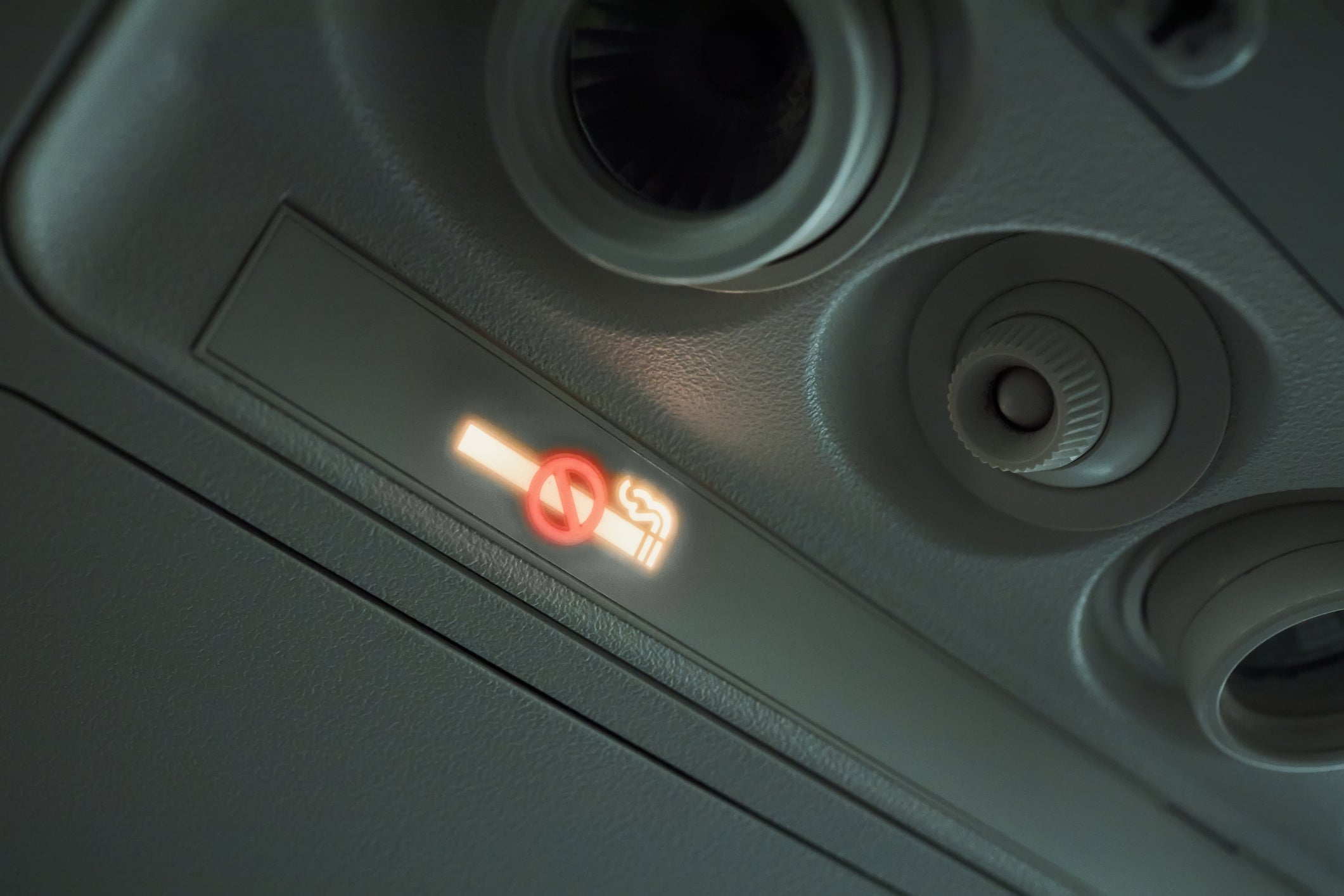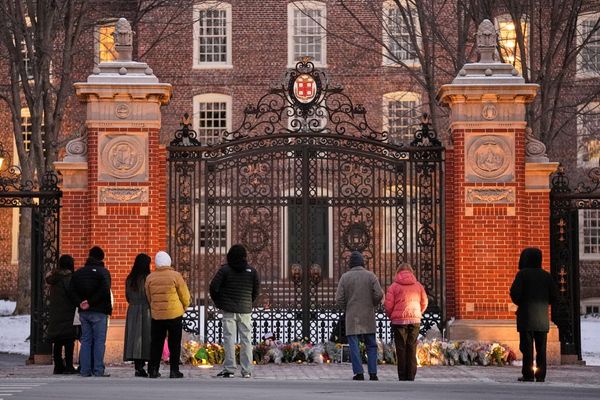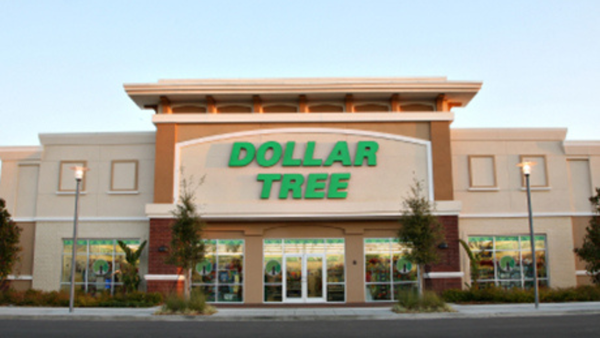
Air rage is terrifying. The Civil Aviation Authority (CAA) receives “a number of harrowing letters” each year from passengers who witness “drunk and disruptive behaviour in-flight”. The CAA says: “A small minority of thoughtless individuals can leave a much wider collection of fellow passengers distraught and upset.”
Disruption is happening more often. Globally, the number of “unruly passenger incidents” rose by 8 per cent last year, according to data from the International Air Transport Association (Iata).
Part of the increase in air rage reflects the 5.5 per cent growth in global flights in 2024 compared with the previous year. The remaining 2.5 per cent represents either a deterioration in passenger behaviour or an increasing propensity to report incidents – probably a bit of both.
Each of the 259 incidents a day (yes, about 11 per hour) will have been terrifying for passengers and crew on those flights. Any kind of disruption heightens risk for everyone on board: no one wants crew distracted from their primary task of ensuring safety.
Iata is calling for a system of on-the-spot fines for offenders. But should the law go further? Alcohol is a factor in many air rage cases. But even if a passenger is drunk but docile, others may be put in danger.

Read more: £500 Ryanair fine for passengers with ‘air rage’
“An intoxicated passenger can become a danger to themselves and others on board the aircraft,” says Iata. “In the event of an abnormal or emergency situation, the intoxicated passenger would likely be less able to comprehend, cooperate, respond, follow instructions or evacuate the aircraft.”
Yet the airlines’ trade group also says: “Offering superior customer service and ensuring passenger satisfaction are common goals of airlines.
"Serving alcoholic beverages to passengers is a practice that has occurred for many years and will likely continue well into the future.”
But should it?
Alcohol is by no means the sole cause of air rage, and often it is just one element – with abuse of other substances and deprivation of nicotine often ingredients in incidents. But passenger access to alcohol is controllable.
One “soft” control is price. On my easyJet flight from Gatwick to Palma next month, I will hesitate to pay €7 (£6) for a small can of Moretti lager – which would increase the cost of my trip by about 10 per cent. Yet I can order a second beer at the same time for only an extra €3.95 (£3.45).
Arguing that subsequent drinks should actually cost more than the first one is unlikely to prove popular. But airlines must consider whether two-for-the-price-of-one-and-a-bit offers are wise.

Another piece of advice to carriers: trial alcohol-free flights. At this point, you may be thinking: “What is Calder smoking?”
Well, tobacco actually plays a part in my argument. While you may not have been alive, let alone a smoker, in the late 1980s, I was both of the above.
In 1988, British Airways was handing out after-dinner cigars to passengers on Concorde, but at the same time trialling smoke-free flights. BA’s experiment was only on routes with multiple daily departures, with only one of the flights each day subject to a ban.
I inadvertently booked a Heathrow-Vienna trip on a smoke-free plane. Despite my initial horror at being deprived of cigarettes for over two hours, I had to admit that the cabin experience was rather more pleasant. BA and other airlines soon stubbed out the practice worldwide (thankfully, so did I).
Perhaps passengers will collectively agree that the improvement in in-flight ambience makes the absence of alcohol tolerable. Or perhaps they won’t. So let’s try it.
Banning alcohol in-flight addresses only part of the problem, of course: the availability of drink at all hours at airports is another big concern. But to address the scourge of air rage, you have to start somewhere. Which airline will be courageous enough to try it? While no one enjoys an in-flight drink more than I do, I promise to book a seat.







